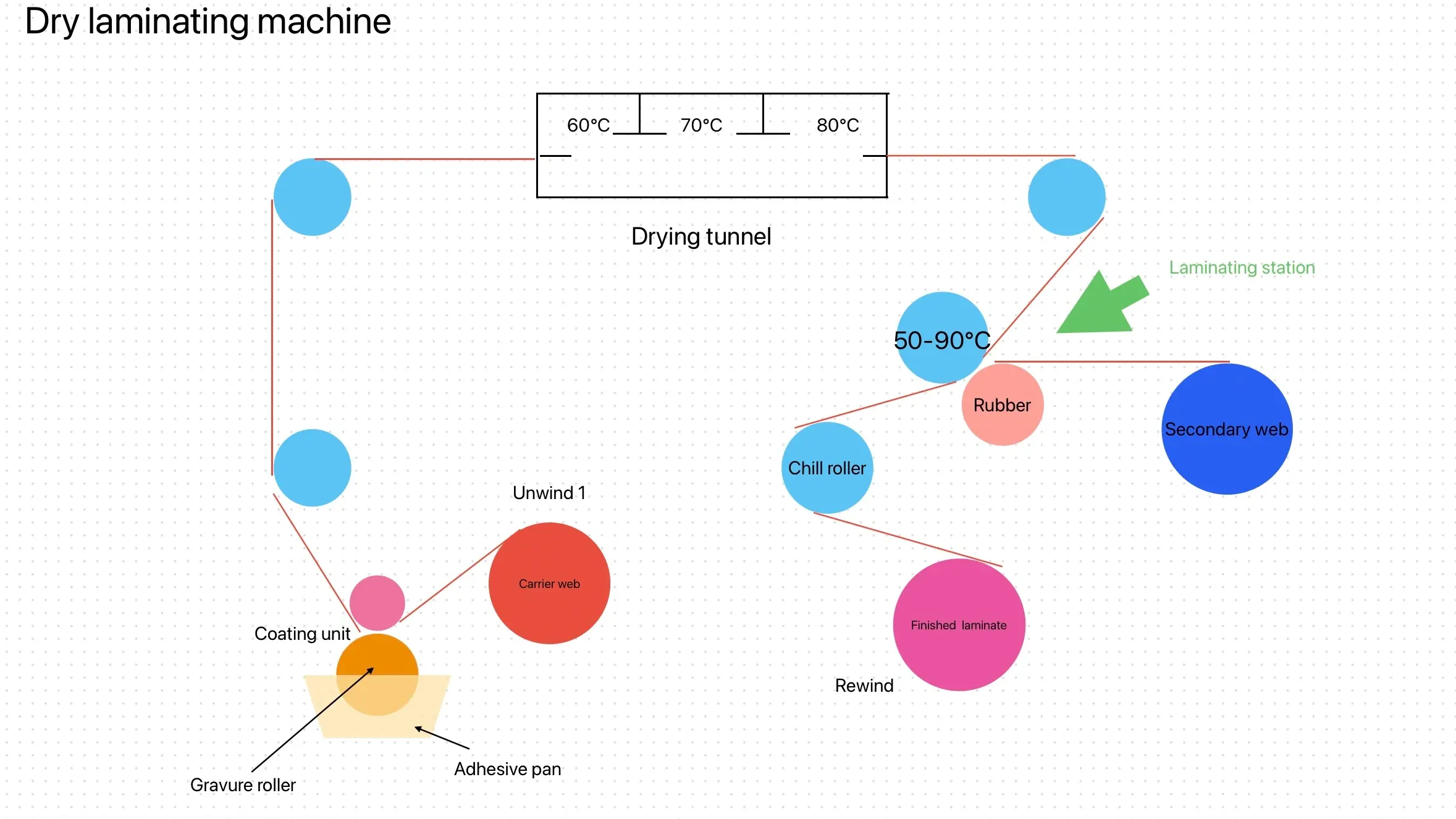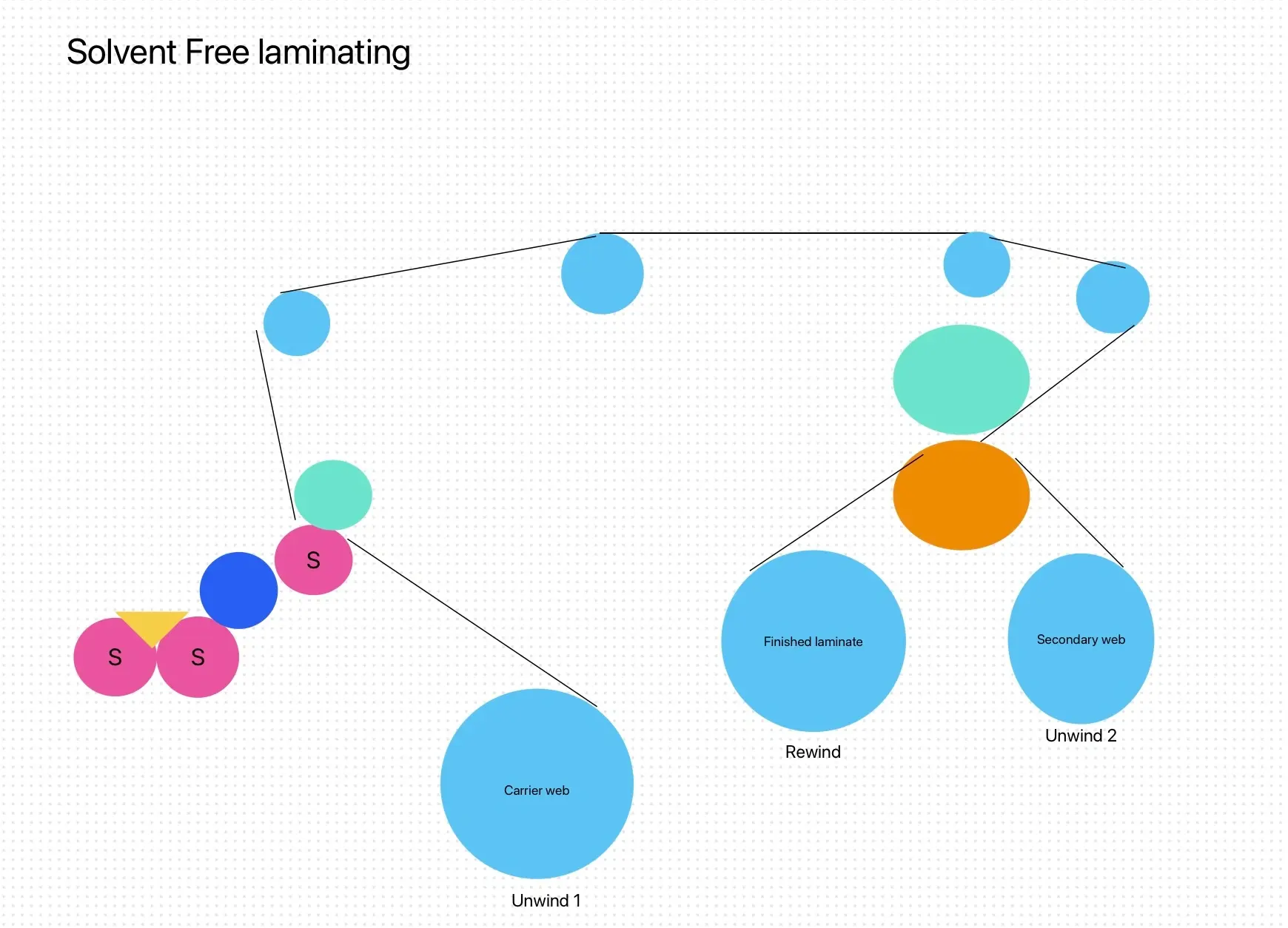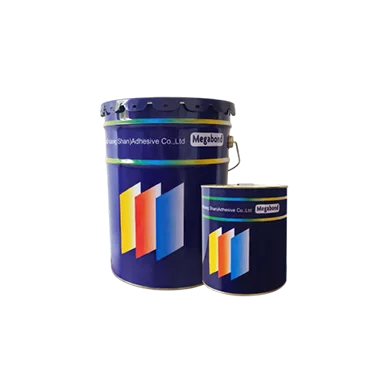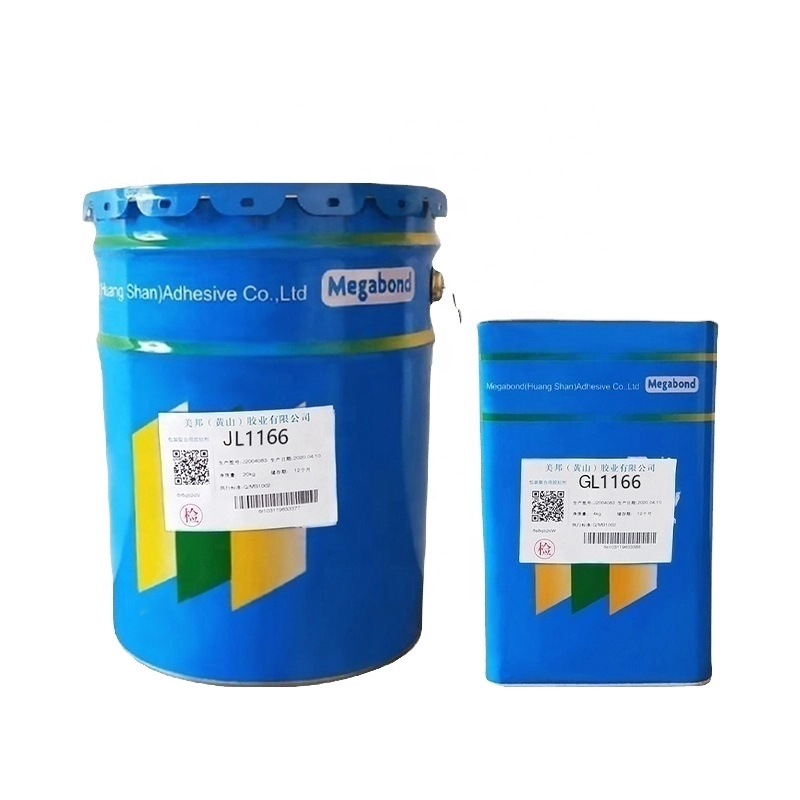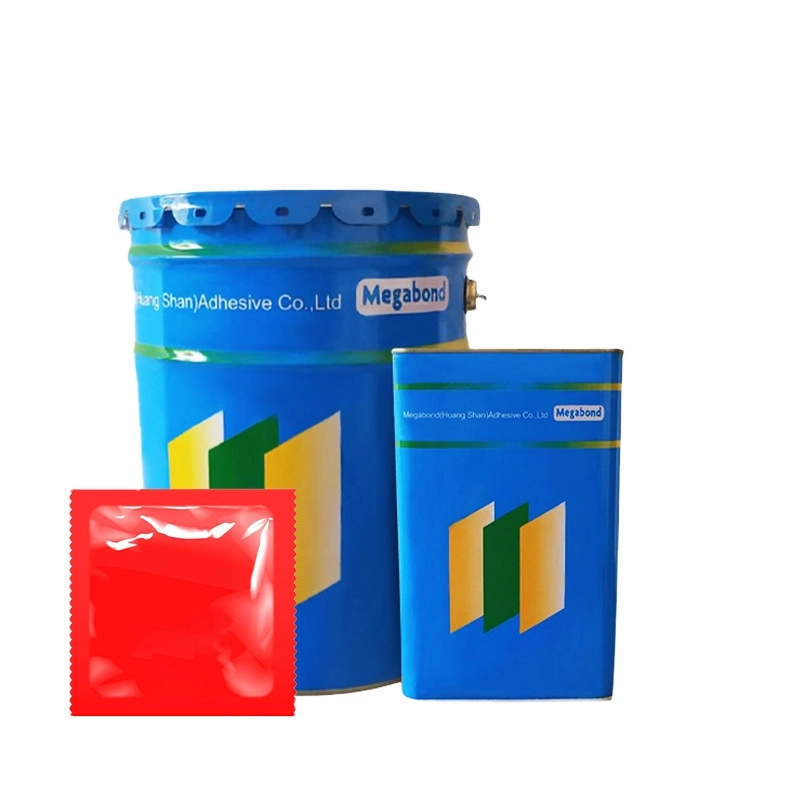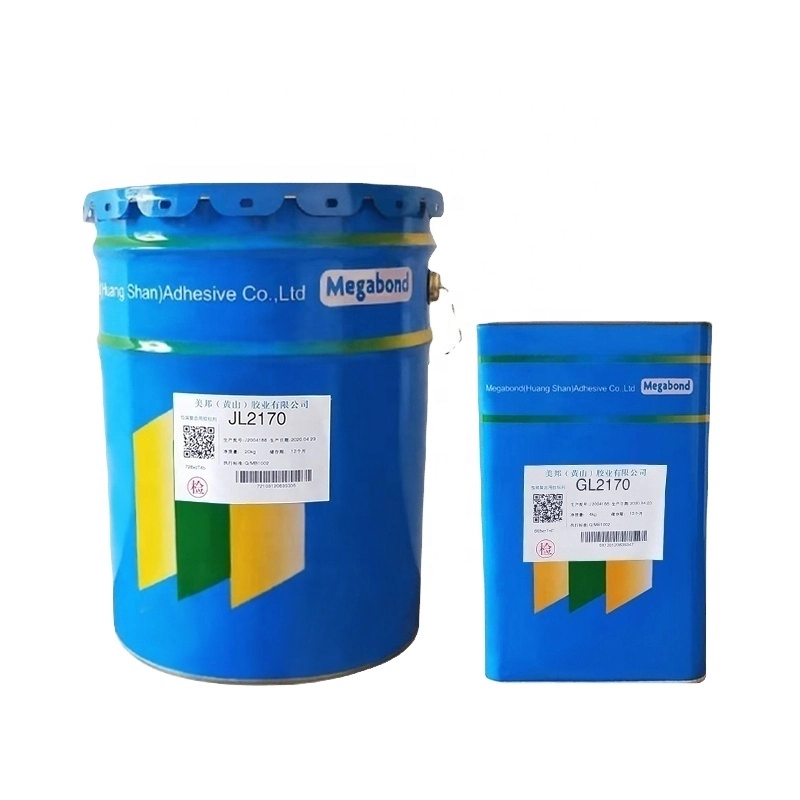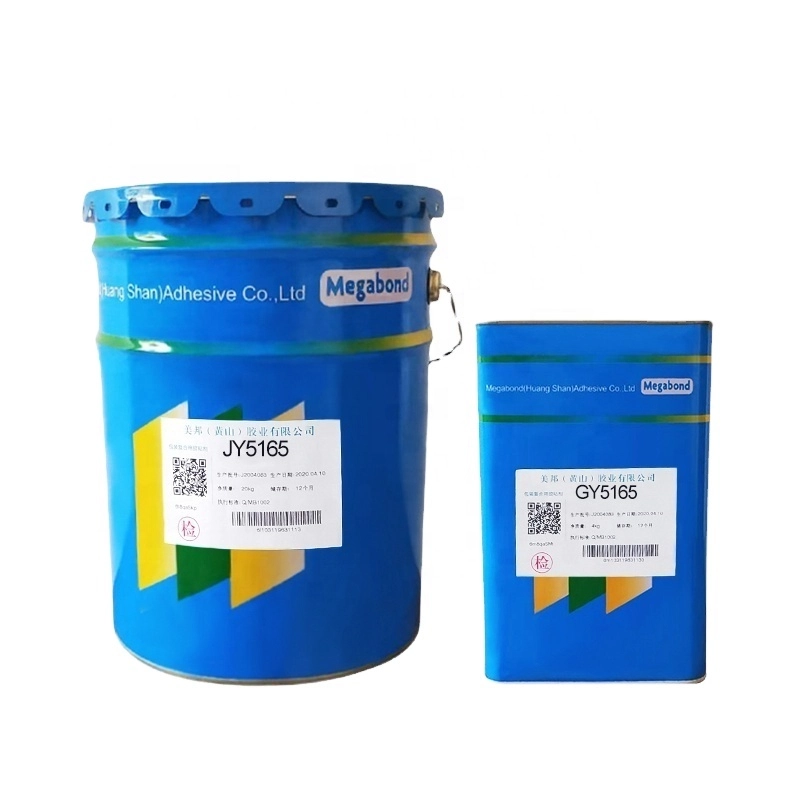Pasteurization use flexible package adhesive JL1166/GL1166, formulated to effectively laminate a variety of materials including PET, BOPP, CPP, PE, VMCPP, VMPET, NY, and aluminum foil.
It is specifically engineered for use with dry laminating machines operating at different speeds, ensuring reliable adhesion and suitability for applications requiring pasteurization processes.

pasteurization:
Pasteurization is a common food processing technology that aims to extend the shelf life of food and kill pathogenic microorganisms. This technology is widely used in the processing of liquid foods such as milk and juice.
Principle and process of pasteurization:
During the pasteurization process, liquid food is heated to between 60°C and 100°C for a certain period of time to kill most pathogenic microorganisms. During the heating process, different heating methods can be used, such as intermittent heating or continuous heating. Its main purpose is to eliminate pathogenic microorganisms, including bacteria, molds, yeasts, etc., to reduce the number of pathogens in food, thereby extending its shelf life and ensuring food safety.
Compared with high-temperature sterilization (such as ultra-high temperature sterilization), pasteurization is usually carried out at a lower temperature, which helps to retain the nutrients and taste characteristics in food, making the processed food fresher and more delicious.
In general, pasteurization is an economical and effective disinfection technology widely used in the food industry, providing consumers with safer and longer-lasting food.

